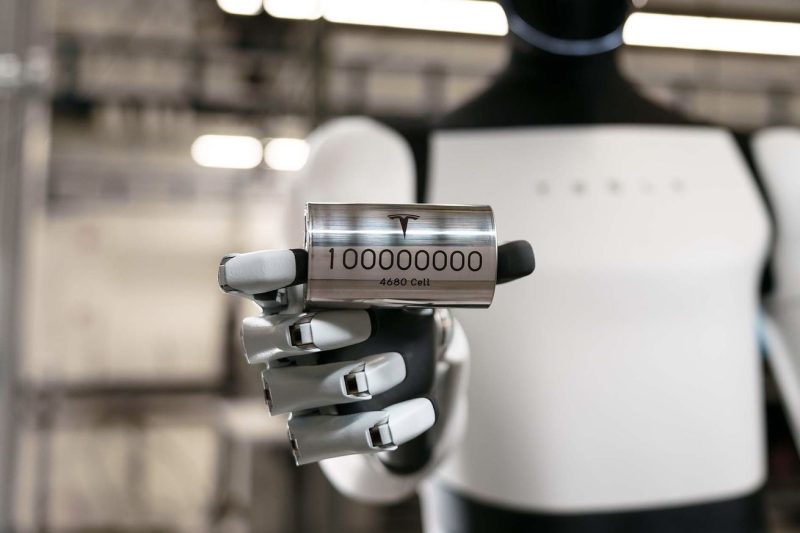Article:
The rapid advancements in battery technology have been pivotal in transforming various industries and powering the shift towards sustainable energy sources. The announcement of Elon Musk’s 4680 battery cell generated significant buzz and excitement within the tech and automotive sectors. However, the world’s biggest battery maker has expressed doubts regarding the future success of Musk’s innovative creation.
Contemporary Amperex Technology Co. Ltd (CATL), a major player in the battery manufacturing industry, has cast apprehensions on the feasibility of Musk’s 4680 battery cell design. Despite Musk’s claims of revolutionary potential and enhanced efficiency, CATL has highlighted several technical challenges and potential drawbacks that could impede the success of the new cell.
CATL raised concerns regarding the size of the 4680 cell, emphasizing that the larger format poses challenges in terms of manufacturing and integration into existing battery systems. The high production costs associated with the production of the new cell could potentially hinder its widespread adoption and mass production.
Moreover, CATL pointed out potential safety risks associated with the 4680 cell, suggesting that the innovative design may compromise the overall safety and stability of battery systems. The complexities involved in managing thermal runaway and potential fire hazards remain pressing issues that must be addressed before the 4680 cell can be considered a viable and reliable alternative.
While Elon Musk and Tesla have been at the forefront of driving innovation in the electric vehicle and renewable energy sectors, the skepticism raised by industry giants like CATL underscores the challenges and uncertainties inherent in developing cutting-edge battery technologies. The success of the 4680 cell hinges on its ability to address key technical and safety concerns while maintaining cost-effectiveness and scalability.
In conclusion, the unveiling of Elon Musk’s 4680 battery cell has sparked a wave of anticipation and speculation within the industry. However, the critical assessment and doubts raised by CATL highlight the complexities and challenges associated with bringing groundbreaking battery technologies to market. As the race towards sustainable energy solutions intensifies, collaboration and innovation will be crucial in overcoming barriers and realizing the full potential of next-generation battery technologies.

